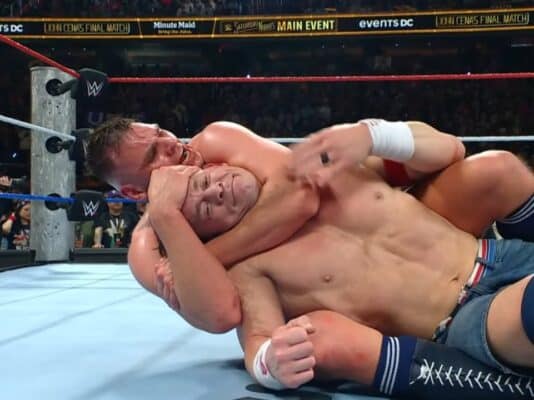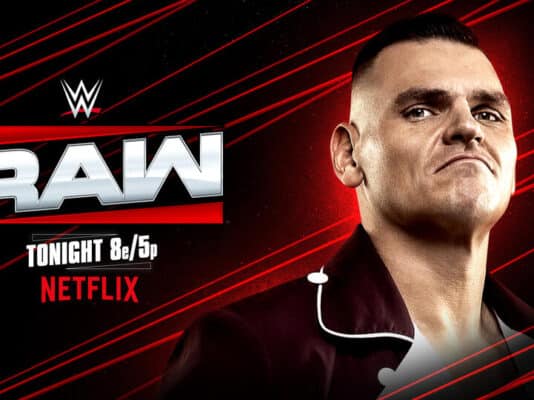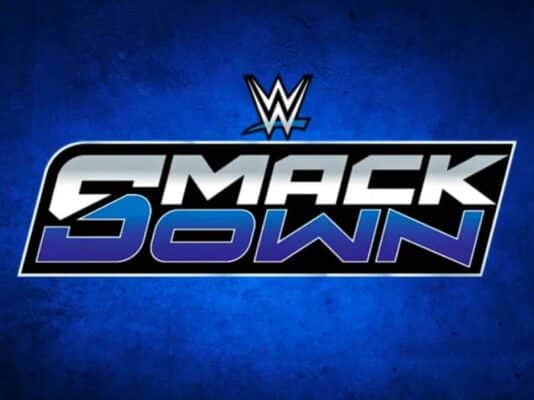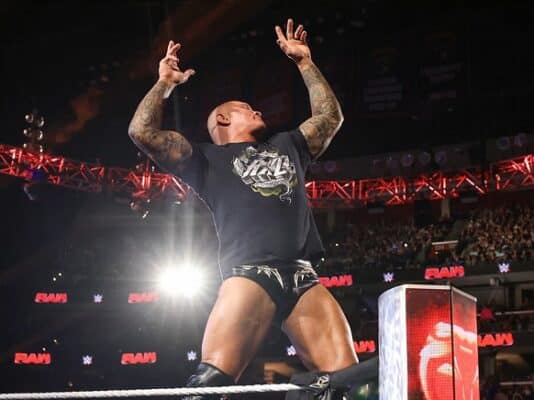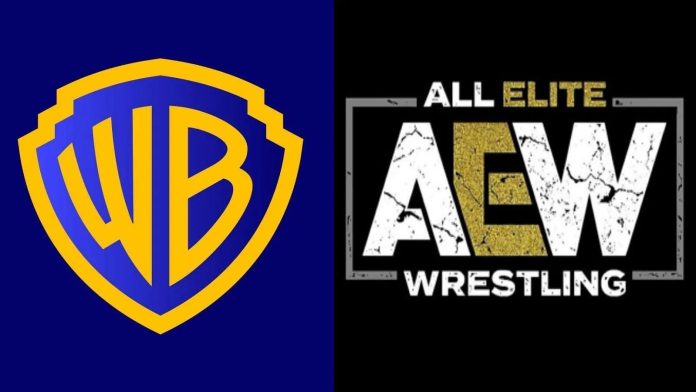
There was much debate and criticism about All Elite Wrestling’s product, and specifically, if the AEW programming is too niche for a national television audience. The sluggish ratings, particularly after the exit of CM Punk last year, suggest that at the very least, the direction of the organization hasn’t added new fans. Sure, the diehard All Elite audience will argue key demos or sports competition at a certain time of the year, but the bottom line is, less people are watching AEW now than they did previously.
As we know, the TV deals are where the big money is made within the current media landscape, as networks try to stay ahead of the curve of exactly where viewing patterns are going and thus the ad revenue that will follow with it. For the past several years, some have claimed that television would eventually become an antiquated concept, with more viewers opting for streaming services, but when different groups flooded the streaming market, the oversaturation indicated that there was a ceiling to how many platforms can be successful. While television has a smaller market share than in the past, and there’s undoubtedly major money to be made from streaming services, TV is still the biggest distribution channel for media in the United States, which is why billions of dollars are offered to secure the rights to the major American sports leagues.
For All Elite Wrestling, their television network, Warner Brothers Discovery is in the midst of key negotiations for the NBA, which might have a domino effect on the pro wrestling league.
According to The Wrestling Observer’s Dave Meltzer, Discovery just matched an offer for NBA programming after Amazon was willing to pay $1.9 billion a year for an 11-year deal to bring the basketball league to its Prime streaming service. A longtime staple on the Turner networks, contractually the NBA had to give Discovery the chance to match any outside offers before the league could sign with a new platform for its games. Meltzer speculated that the basketball league wants to move its schedule to Amazon to increase the global fan base of the game, and that if the matter goes to court, Discovery might be offered a settlement to allow the NBA to sign a new deal with Amazon.
Of course, that’s pure speculation and if Discovery is set on retaining NBA programming, they contractually have the right to match the offer to keep the schedule on their networks. It goes without saying that if almost $2 billion a year is paid to the NBA for the next decade, it’s less money in the budget that Discovery can offer All Elite Wrestling for a new television deal since the current contract expires this year.
This is where the key aspects of the contract have less to do with the wrestling content and more to do with the numbers, as well as the potential ad revenue. It’s important to keep in mind that the concept of a pro wrestling show, new and often live programming every week, is a valuable asset to television networks. In the TV world, a steady and consistent number is very useful for commercials and sponsorships. Granted, sports entertainment traditionally garnered a lower ad rate because it was seen a low brow entertainment with the stereotype of a lower income demographic, but the point being, consistency is what advertisers are willing to pay for because there’s a level of assurances that their products will be in front of viewers.
Regardless of the decline in the numbers, make no mistake about it, even if Discovery re-signs the NBA for a major money deal, All Elite Wrestling isn’t in any danger. Tony Khan might be offered slightly less money in the grand scheme of things, but AEW will still have its television network for the next several years. Hypothetically, if WBD didn’t offer a new contract, Tony could shop AEW around and would land on a smaller network, but that discussion is moot. The reason being that All Elite isn’t in any danger is that WBD executives know that Tony Khan is willing to invest hefty cash into his pro wrestling project. If any of those efforts are productive is a completely different matter, but the point being, Discovery knows that Tony is willing to throw money at free agents so in theory, there’s always the potential upside for the AEW product.
Furthermore, and this is the meat of the matter so to speak, even with the decrease in the ratings, Dynamite offers Discovery a somewhat steady number on a weekly basis, which is important for ad revenue. Along with that, there are better ad rates offered for original programming, which AEW brings to the Turner networks for three show every week. In that respect, the renewal of the TV contract is more or less business as usual. Sure, Rampage and Collision are cannon fodder in terms of importance, but from strictly a television perspective, it’s more original programming on a weekly basis.
The portion of the situation that could have the biggest impact on AEW as a company, both in terms of the content and the business side, is the potential of a streaming deal that could bring the pay-per-views to the Max platform. I’ve discussed it in detail before in terms of what the Netflix deal could translate to for WWE, and the overall impact of streaming on the media landscape so I don’t want to retread all of that again, but it should be noted that the odds are that a few key streaming platforms will find their share of the streaming market, TV will still have its place, albeit a smaller market share, and a few streaming ventures will flop.
Again, not to be repetitive, but it can’t be understated how much the WWE Network concept, regardless of its platform, completely changed the dynamic of content distribution of sports entertainment. Instead of $50 for the pay-per-view, the “value” of Wrestlemania was reduced to the $4.99 subscription fee for Peacock. Yes, the strategy is that the bulk pricing will allow more money to be generated overall from a bigger audience than the prior era when it was based on traditional pay-per-view. However, the key is, that the horse has left the barn so to speak in terms of that price point, and wrestling fans have essentially been conditioned for more than a decade that pay-per-view is included with the subscription.
For all the rightfully criticism that AEW has garnered, they still draw decent numbers on pay-per-view with a buy rate around 100,000-140,000 buys depending on the event, which is a solid number with a $50 price tag in the modern era. The fact that the company still lost $34 million last year is a completely different matter. The point being, Tony Khan has added to the All Elite calendar and continues to get closer to monthly pay-per-view events. The way this would impact the booking of the product is its own discussion, but from strictly a business prospective, it’s going to be difficult to sell the audience a $50 pay-per-view every month.
The biggest piece of the puzzle for this new TV contract could be if the pay-per-views are included on the Max platform because the streaming service cost $9.99 a month and it’s accessible to anyone with an internet connection, not just customers that subscriber to the traditional HBO channels. Theoretically, it would give AEW more exposure, and it would be an added selling point for the streaming service so it’s possible that it could be a win-win situation. If Max isn’t part of the deal, the number of fans that are willing to pay $50 a month for the PPVs would probably decline within the next year or so. Overall, it would be a wise move to make because again, for all of the valid criticism the company received, there have also been some incredible matches on pay-per-view so more fans would realistically have access to the events on the streaming platform.
What do you think? Share your thoughts, opinions, feedback, and anything else that was raised on Twitter @PWMania and Facebook.com/PWMania.
Until next week
-Jim LaMotta
E mail [email protected] | You can follow me on Instagram, Facebook, & Threads






